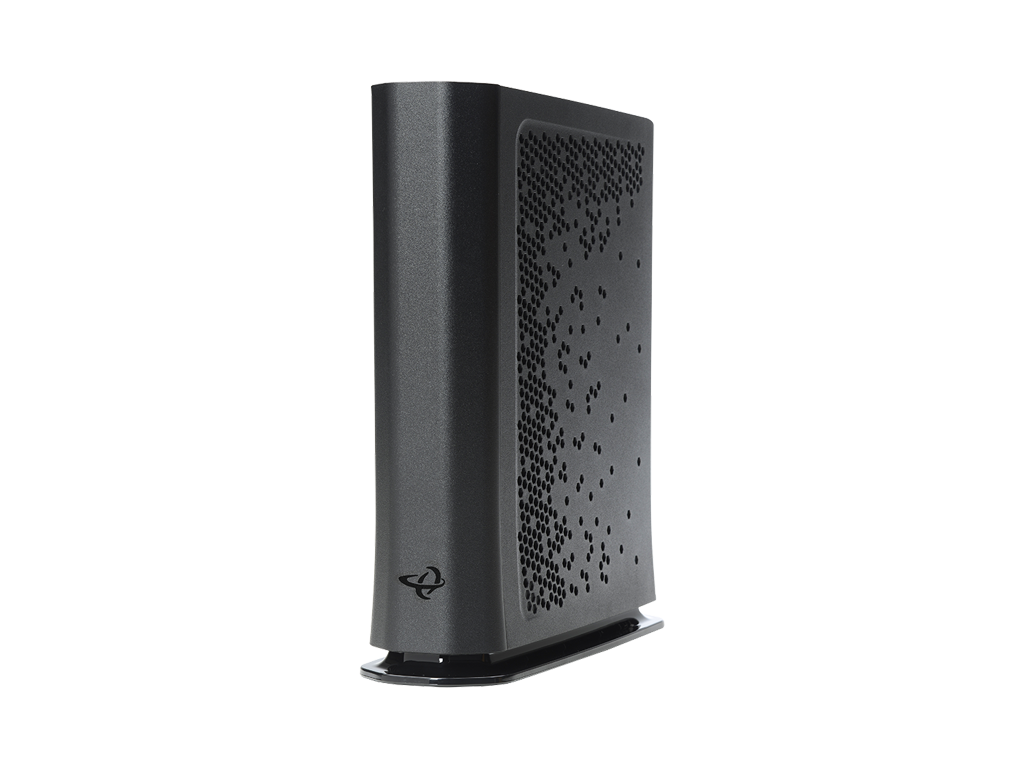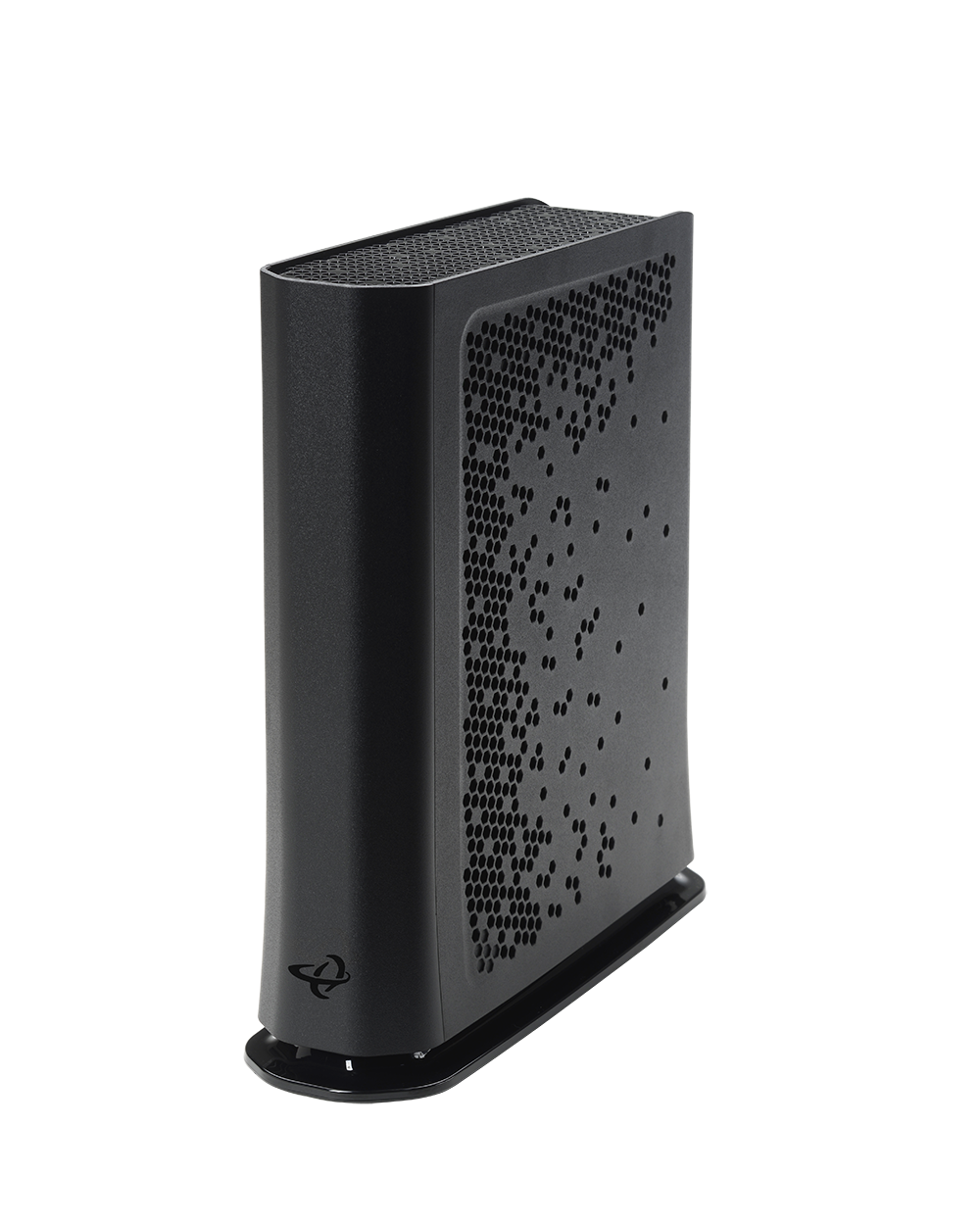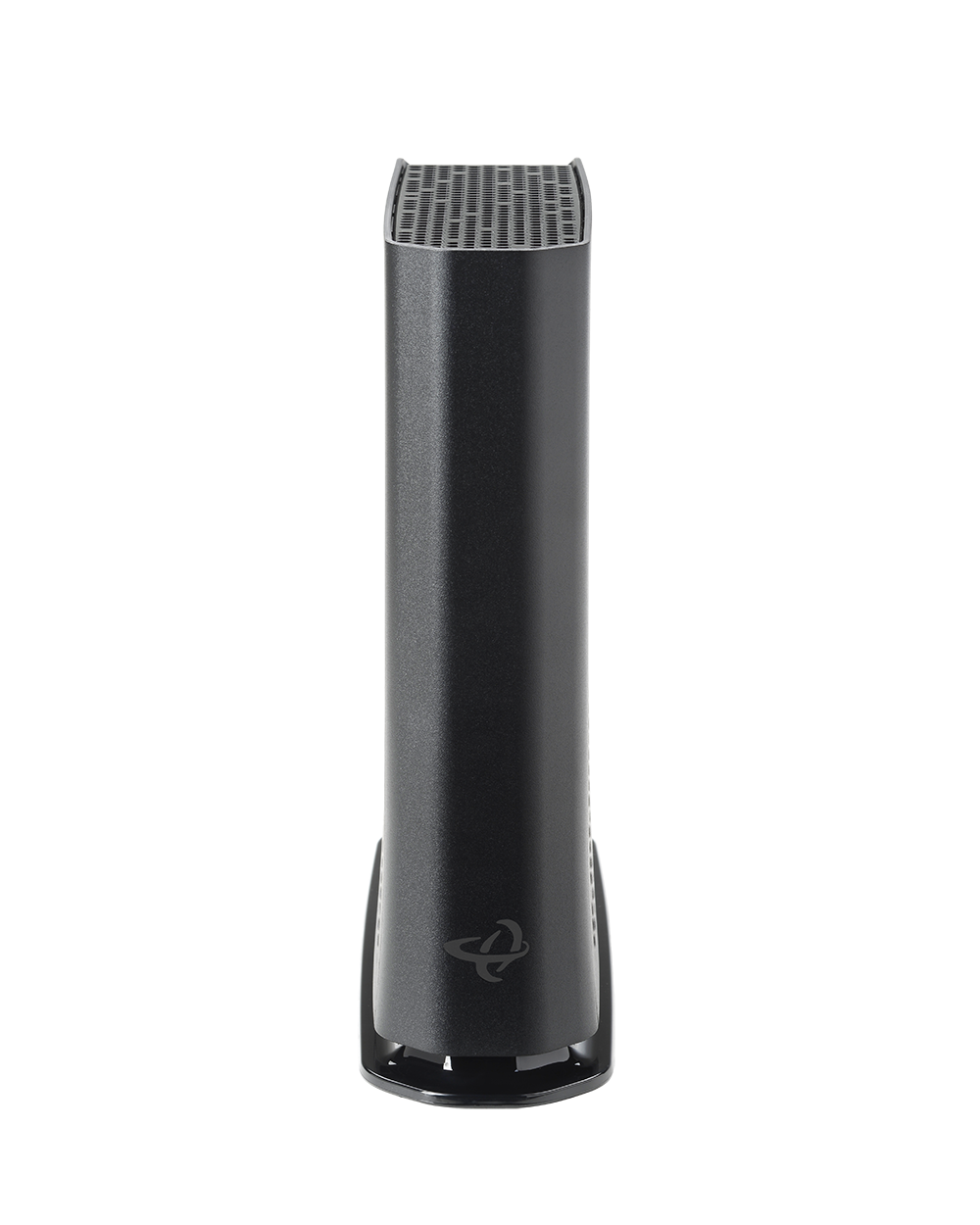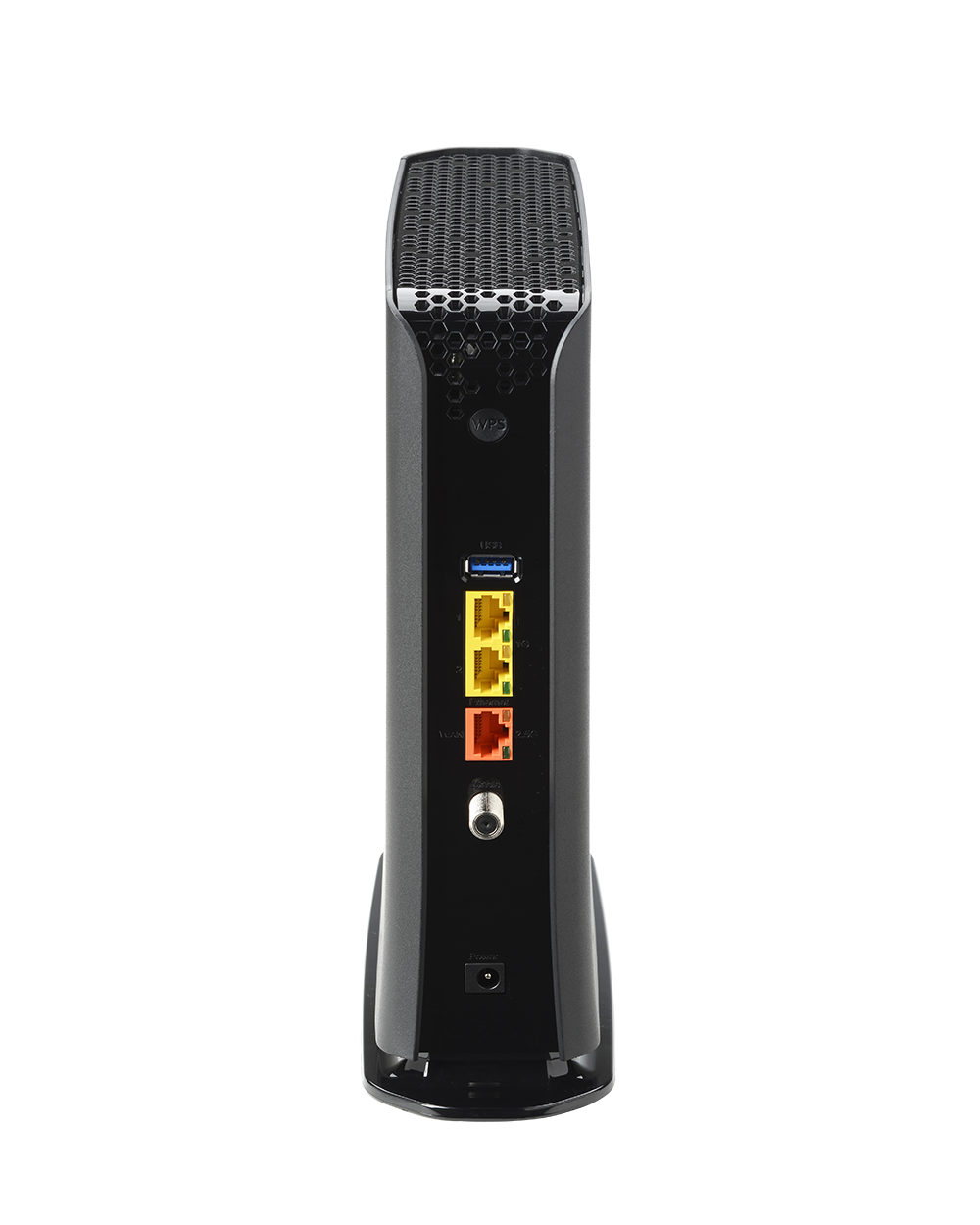DOCSIS 3.1 with Full Backward Compatibility
Supports 2×2 OFDM/OFDMA plus DOCSIS 3.0 32×8 bonding to ensure multi-gig performance today with smooth compatibility for existing DOCSIS 3.0 deployments.
Extended Downstream to 1218 MHz
Provides expanded downstream capacity, enabling more throughput and future-proofing networks for higher-speed broadband plans.
Flexible Upstream Frequency
Switchable upstream modes (5–85 MHz / 5–204 MHz) support mid-split and high-split transitions without hardware replacement.
Wi-Fi 6 Advantage
Dual-band Wi-Fi 6 with 4×4 5 GHz and 4×4 2.4 GHz radios ensures higher speeds, lower latency, and improved efficiency for multiple connected devices.
Multi-Gig Wired Connectivity
Features 1× 2.5 Gbps Ethernet port and 2× 1 Gbps ports for high-speed wired backhaul and device connectivity.
Carrier-Grade Management
Supports TR-069, TR-369, SNMP, and HNAP, and integrates with Hitron’s management ecosystem (MyHitron+, HitronCloud) for simplified provisioning, troubleshooting, and diagnostics.
Benefits for Service Providers
- Future-Proofed with Extended Downstream: Ready for faster broadband services thanks to 1218 MHz downstream support.
- All-in-One Simplicity: Combines DOCSIS 3.1 modem and Wi-Fi 6 router into one device to reduce install complexity and streamline support.
- Flexible Deployment: Backward compatible with DOCSIS 3.0 and adaptable to evolving upstream splits.
- Enhanced Customer Experience: Strong Wi-Fi 6 and multi-gig wired connections support 4K/8K streaming, gaming, smart homes, and more.
Key Specifications
- DOCSIS Support: DOCSIS 3.1 (2×2 OFDM/OFDMA) + DOCSIS 3.0 (32×8)
- Downstream Band: Extended up to 1218 MHz
- Upstream Modes: Switchable 5–85 MHz / 5–204 MHz
- Wi-Fi: Dual-band Wi-Fi 6 (4×4 5 GHz + 4×4 2.4 GHz)
- Ethernet Ports: 1× 2.5 Gbps + 2× 1 Gbps
- Management: TR-069, TR-369, SNMP, HNAP, MyHitron+, HitronCloud
- Other Features: IPv4/IPv6 support, multiple SSIDs, advanced security and firewall features
Documentation
Other Products to Consider
Product
Modem Type
Frequency
WiFi
Wired LAN
Voice
Learn More about Cable Modems & Routers
Choosing the Right Cable Modem or Cable Modem Router
So, you decided to buy a cable modem or cable modem router for your home network. Now you need to figure out which is best for you. Choosing the right device depends on your specific home setup and your overall Internet needs. Here are some things to consider when...
Cable Modems Explained: Wi-Fi 6 vs 802.11ac
The first version of WiFi was called 802.11. As new generations came out, the name was represented as 802.11 followed by a combination of letters. For example, 802.11b, 802.11g and 802.11n. The difference between these standards is the bandwidth speed, frequency range...
Cable Modems Explained: OFDM vs OFDMA
A cable modem uses a coaxial cable to bring an Internet connection into your home. The job of a cable modem is to directly communicate with your Internet service provider (ISP) to make this happen. Because a cable modem uses a wired connection, it offers a reliable...
Cable Modems Explained: Compatibility with Service Providers
A modem is a device that connects your computer or device to the Internet. A cable modem gives you a cable Internet connection. On its own, a cable modem provides a wired connection. To get wireless Internet (Wi-Fi) you need a router or cable modem router. However,...
How to Tell If Your Cable Modem Is Going Bad
If your Internet is cutting in and out—or your modem just doesn’t seem to work like it used to—your modem may be the problem. Most people don’t realize that modems can and do go bad over time. In this guide, you’ll learn the signs of a failing cable modem, why it...




